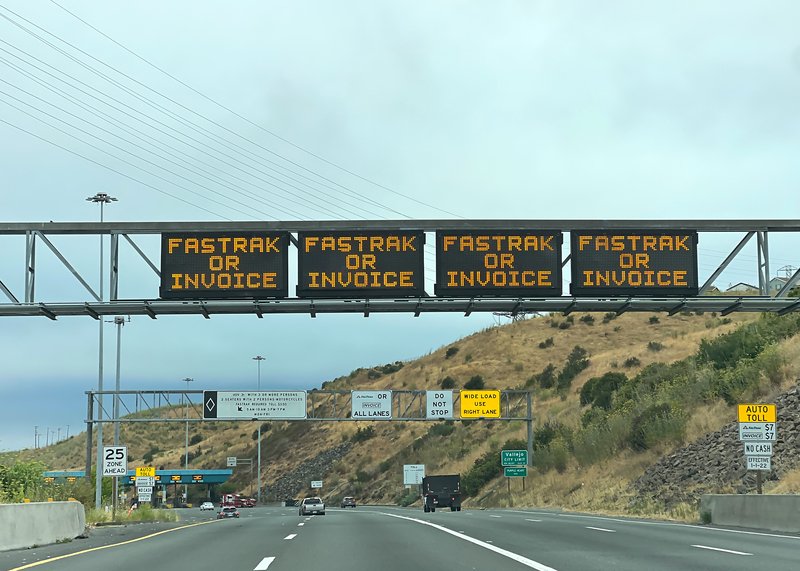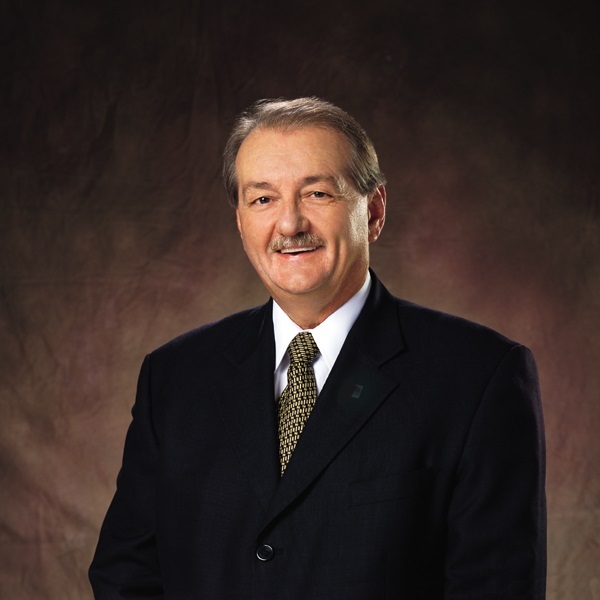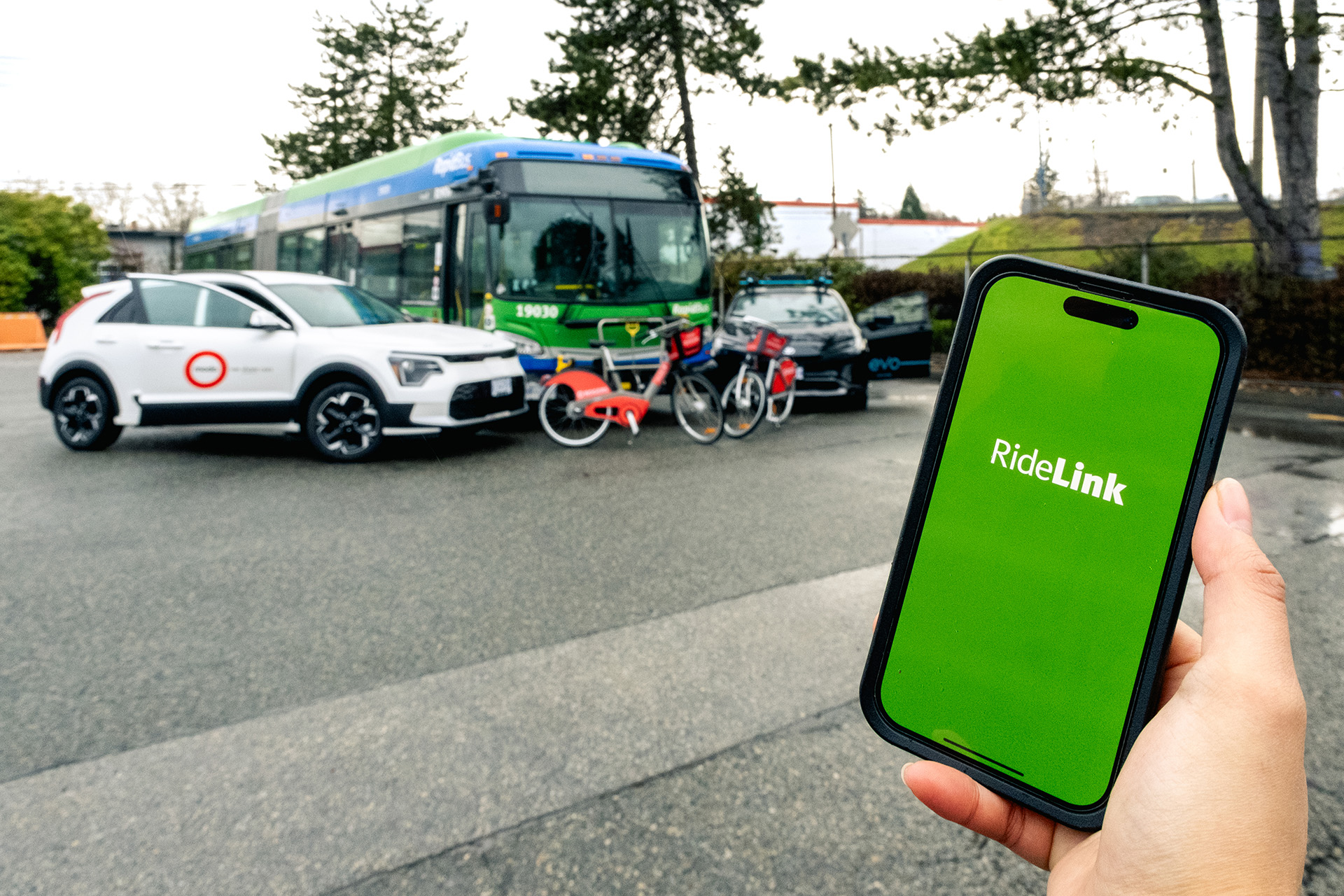
The electronic toll collection (ETC) development in the 1990s resulted from the necessity to collect revenue more quickly and more closely balance roadway capacity with toll collection capacity. It also increased usage and revenue as customers no longer had to stop to pay a toll. For some agencies, it was a mission-critical event. Traffic flow that was inhibited by manual toll collection that could process 400-500 vehicles per hour while open lanes could move traffic at 1,800-2,000 vehicles per hour. Traffic backlogs in peak hours were common. Though the technology risk was considerable, ETC was a task of necessity.
The first ETC developers in the US were mostly large defence contractors attempting to apply their superior technical skills to domestic projects since defence spending was reducing. They joined with small regional companies who possessed considerable knowledge of the toll collection process and in some cases the two joined to create corporations that would come to be known as ‘toll integrators’.
The development of ETC was, of necessity, based on the technology available at the time. From 1990 to today, computer clock speeds, data transmission capacities and storage capacity have altered radically. The first Intel P5 Pentium CPUs were introduced in 1993 with 60 MHz speed; today’s desktops are commonly 2.5-3.5 Ghz. Internet access in the early 1990s occurred over telephone lines and in 1993 the fastest available modem was capable of transferring data at 14.4 kilobits per second (Kbps). Not until 1998 did 56 Kbps capabilities arrive.
Today’s telephonic speeds are capable of 5 Gbps and fibre optics at 100 Gbps. Storage capacities were another limitation in ETC design. In 1990, a ‘normal’ hard drive held 40 megabytes and by the mid-1990s, the typical hard disk drive for a PC had a capacity of 500 megabytes to 1 gigabyte. Today, cloud storage offers unlimited capacity. Defining an ETC architecture in today’s technological environment will result in a very different design.
“The current ETC infrastructure will not - and should not - be expected to change without a plan for transition”
Today we think of ETC as predominantly all-electronic toll collection (AETC) but in the 1990s the introduction of ETC had to be transitioned from automatic coin machines (ACM) and manual lanes (ML). In some cases, lanes were capable of accepting ACM/ETC and ML/ETC - and all requiring gate arms to ensure toll operators suffered no loss of revenue. Gates were not removed until toll operators were convinced through testing that automatic licence plate readers (ALPR) and optical character recognition (OCR) could meet prescribed performance standards.
Over the following three-plus decades of ETC, systems have been continually improved with new cameras, new software, faster lane servers, much greater transmission bandwidth, cloud computing, and now artificial intelligence (AI). ETC systems have been incrementally and significantly improved but not until recently has a re-envisioning of ETC system architecture begun. Instead of starting with the traditional system architecture, a new concept of ETC is being developed based on today’s advanced technological tools.
A new architecture
Today’s ETC architecture can be defined by starting with the goals of an ETC system rather than accepting the historical methods, hardware, software and procedures that evolved incrementally. Rather than accepting the existing definition of what composes an ETC system, today’s ETC system designs can incorporate technological tools that have never been used, or existing tools that have advanced so significantly that they can be applied in new ways.
For example, radio frequency identification (RFID) technology came to ETC from the use of transponders to track livestock. One of the early companies in the US ETC space was Amtech, an acronym for Animal Management Technology - a spinoff from Los Alamos National Laboratory. RFID became an accepted method for identifying a vehicle. As toll integrators developed RFID technology standards suitable for their unique ETC solutions, toll operators were faced with the challenge of interoperability. The issue gained enough significance that the US Congress began to push legislatively for a resolution.

Imagine an ETC system with the capability to collect video and static image data, beyond licence plates, to identify vehicles based on unique vehicle characteristics. Much like facial images are relied upon today to clear customs when travelling internationally, vehicle identification can be performed reliably. Once a vehicle is identified the first time, it will be recognised on subsequent occasions even if the licence plate is obstructed. Such a process significantly reduces image review costs.
Advanced ETC systems track vehicles through tolling points and between tolling points making them particularly useful for road user charging proposals such as interstate tolling. Additionally, and perhaps most importantly, all video and static data is processed in the lane instantly by hardware graphic processors and the data is combined into one transaction data set. Rather than transmitting voluminous graphic data, the lane transmission is a consolidated dataset, stored in a cloud system that can be accessed from a broad range of perspectives. Lane data becomes available in real time rather than days or weeks later. The development of today’s ETC is focused on data collection, data processing and information access, rather than starting with existing application architecture.
Procurement of ETC
Today’s procurement process is designed to support an application approach. Today’s requests for proposals (RFP) contain detailed system requirements that assume accepted system architecture. They presume RFID, licence plate cameras, axle count mechanisms and lane controllers, etc. All of these devices are given required performance standards and an overall system set of performance standards are defined. It is up to the integrator to select hardware and software components in order to meet the system requirements.
Architecture-specific RFPs are prepared by staff and consultants with knowledge of system components, software and procedures used in a traditional architecture. The process restricts the potential to consider alternative approaches, and results in voluminous responses - all of which must be evaluated and scored for selection. It is a complex, meticulous process of procurement that leads to a lengthy development with multiple unit and system tests. Conflicts between vendors - and between vendors and agencies - sometimes lead to less than satisfactory results.
“Many current toll customers are satisfied with the use of transponders for processing toll payment and will likely continue to do so for some time to come”
Rather than beginning with the requirements of a project that assume the current architecture of an ETC system, an RFP could start with the goals of the project. Integrators, who feel they can meet the goals of an RFP, should be given the opportunity to demonstrate their performance through rigorous performance testing before finalising a request for proposal. Consultants could develop the performance test process and administer it. Once major components of the system have been tested and test results shared, RFPs could be constructed that specified the best technologies to be used.
RFPs also typically contain experience requirements that limit the introduction of new technology. Years of experience in developing traditional ETC systems has become the standard for RFP preparation. Of course, agencies must be assured that revenue will be accurately collected and proposers should have the ability to bond performance. Bonding can, however, be a limiting factor to innovation.
The future of ETC
Future roadside ETC systems are starting to become available and are being installed on a pilot testing basis. These systems do not require RFID, inductance loops or expensive gantries and offer much lower levels of maintenance to meet performance standards for accurately collecting toll revenue. Instead of years to install, these new technology systems can be installed in much shorter time frames. The core technology is static and dynamic visual data stored in easily accessible and scalable cloud storage.
A fully-functioning ETC system will also communicate with the road user and offer a quick and easy method of registering and providing payment information. The smartphone has become a major payment method for many types of financial transactions and offers multiple methods of immediate communication and record keeping. Smartphones have been used in various applications for ETC payment but are interfaced to traditional ETC systems and processes rather than integrated in the design.
If the primary interaction with the customer becomes the responsibility of a service firm, toll operators may become concerned with how customers might be served. Because toll operators are vigilant about customer service, regulation of service firm payment processes and communications will be essential.

Rather than communications based on paper and voice, the capabilities of the smartphone offer an opportunity to quickly and easily register and pay tolls. Smartphone payment is becoming not only common but preferred by many consumers. Currently, there are 310 million smartphone users in the US, a 96% market penetration. Rarely is a smartphone offered for purchase without a pre-installed payment application. Further, approximately 115 million (or 43%) of US smartphone owners used proximity mobile payments in 2023 - up 24.4% from 2020. This technology is ripe for processing toll payments and texting could conveniently communicate payment information to customers, even on a real-time basis.
ETC technology development and implementation
New technology
New approaches to ETC are beginning to become available. The Central Florida Expressway has installed a roadside system developed by TollScopic that will collect all of the data necessary to implement ETC. The solution is interfaced with RFID technology to support system transition and serves as an audit function for RFID. The system has been tested on a five-lane roadway in South Florida with daily traffic of 150,000 vehicles per day and has been shown to be extremely accurate.
The system has many of the features mentioned before, including vehicle recognition technology and real-time, in-lane processing on an Nvidia processor. ALPR technology is enhanced with AI capabilities and transaction data is transmitted and available in near-real time. It is a powerful tool, making it possible to identify vehicles by make, model and speed and identifies licence plates by state as well as providing a video feed of lane activity. System scalability is not limited and can be easily interfaced with many system platforms.
For new Greenfield toll initiatives, such systems will be able to support large-scale tolling initiatives such as road user charging or Interstate tolling for significantly less cost in installation and operation and installed more quickly.
Implementation and transitioning
ETC has been installed on nearly all toll roads in the US. The investment in equipment and software is huge and - as reported by US Department of Transportation - over 86 million electronic transponders have been distributed, as of March 2021. The number is likely close to 100 million today. Large expenditures have occurred for developing back-office systems to process payments and manage collection processes, and thousands of customer service representatives answer calls, send out invoices and manage ETC accounts. The current ETC infrastructure will not - and should not - be expected to change without a plan for transition.
Many current toll customers are satisfied with the use of transponders for processing toll payment and will likely continue to do so for some time to come. A trend has, however, begun to develop in which customers prefer the use of licence plate reads if the toll payment amount is not significantly more than using a transponder. A review of toll operator annual reports reflects this trend.
Summary
Trends in technology and user comfort in adopting the technologies indicate an environment for a new ETC architecture is evolving. Toll equipment/software innovators are quickly developing solutions that allow for significantly less initial and ongoing operating cost of ETC. Similarly, toll operators are considering other technologies to reduce costs and improve customer service. The technologies are available and the acceptance of tolling as a funding mechanism for transportation infrastructure development will be affected by the development of these new ETC systems.
ABOUT THE AUTHOR

Hal Worrall is founder of Transportation Innovations, and is a former president of IBTTA and former chair of ITS America












